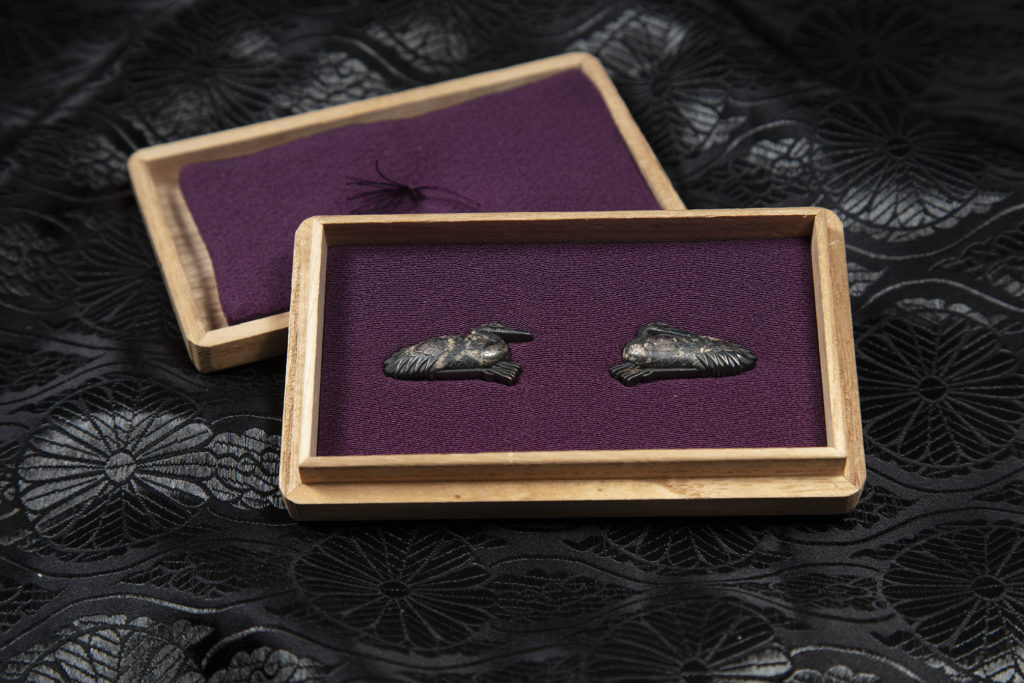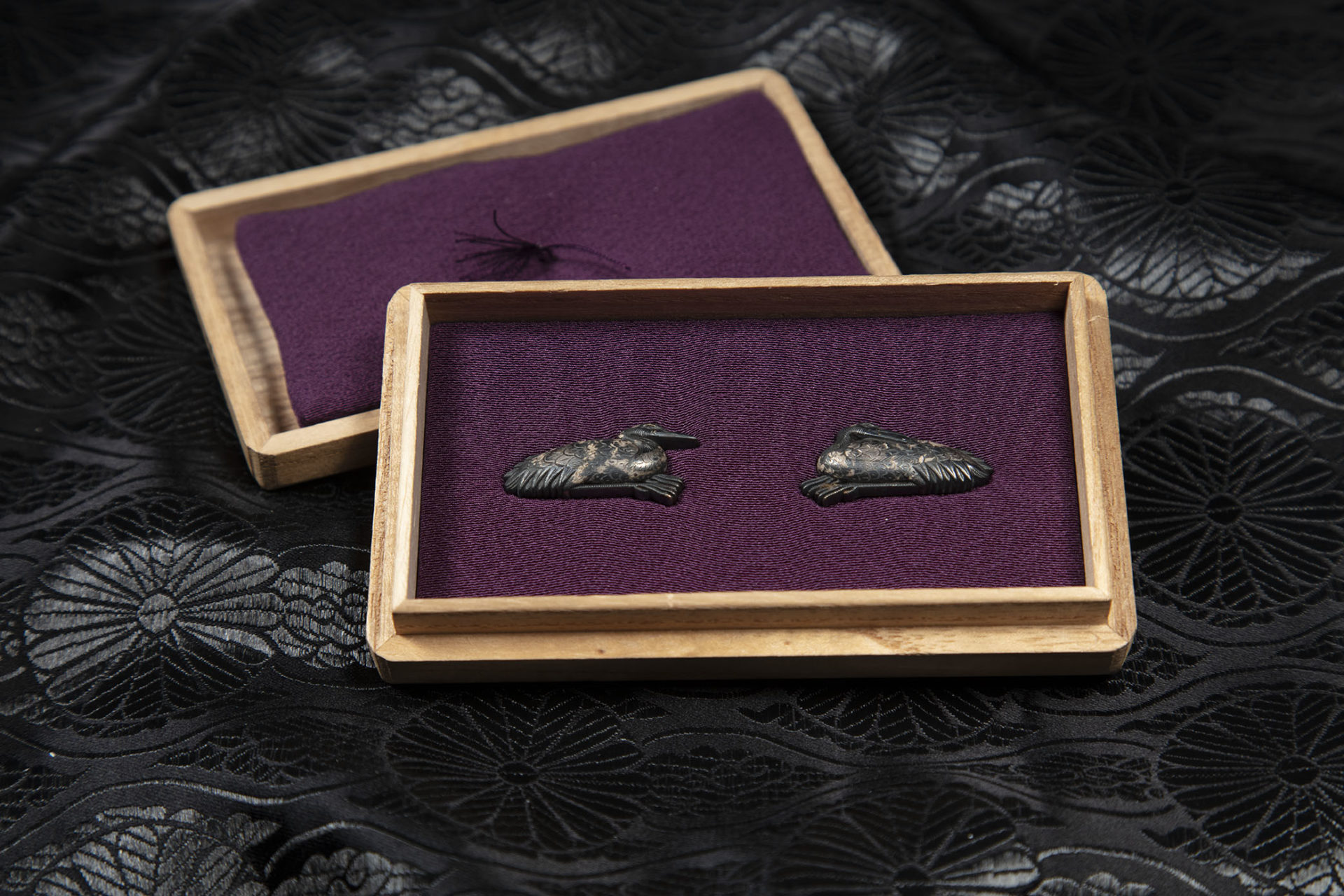Kyo-Kinko Crane Menuki
“Kyo-Kinko” is a general citation or attribution to the metal craftsman located in and around the Kyoto area, with no particular inclination to a school or individual maker. The stylistic workmanship is provincially characteristic of the “Kyo” region. Kyoto was the seat of Imperial rulership for centuries and long has been regarded as the cultural heart of all Japane. Thus, it became the center of refinement for some of the most skilled artisans and schools in just about every medium one might imagine, including sword crafts, lacquer, screens, pottery, textiles, and even a distinctive and elaborate form of meal known as Kaiseki.
Kyo-Kinko sword fittings can sometimes be difficult to distinguish from other schools of fitting makers because there were a number of schools and great craftsman that originated in the Kyoto area. An attribution of Kyo-Kinko therefore defines an origin, but the work may lack enough specific character or peculiar details of workmanship to clearly define them from any specific school or maker. So, while quality is high, the actual maker is unclear. Obviously, Kyo-Kinko can also be natural choice of identification when a piece lacks an original signature as well for if a signature were present and authentic, then the judgement on the certificate would confirm it.
Cranes, or “Tsuru” are a holy animal in Japanese religion and culture. Most notably, they are symbolic of longevity. A proverb says the crane lives a thousand years, and the tortoise ten thousand. Cranes are ubiquitous in both feudal and contemporary Japanese society and symbolize good fortune and fidelity.
The “Dancing Crane” design of tsuba has long been a popular tsuba design among collectors and practitioners. This one is made by a contemporary Tsubashi Yamazaki Yasuyuki and can be purchased on his website here. I have purchased many tsuba from him in years past. He has scores of designs and is a pleasure to deal with.
These mumei menuki are heavy silver dominant alloy with a lovely patina that adds a charming touch of mottling to the incised feather details. The base plates are thick, with deep chasing. Their design is unique among most other crane designs as these depict them in a resting position. Perhaps after a long day of dancing and elongating lives throughout the land, they needed a well-deserved rest. 🙂
They are rendered in excellent detail and large size that would accommodate mounting on a Katana, wakizashi, or tanto, or simply be enjoyed in their custom fitted box.
- Omote measures: 3.3 cm x 1.6 cm
- Ura measures: 3.3mcm x 1.6 cm
The are accompanied by NBTHK Hozon Tosogu papers attributing them as “Mumei Kyo-Kinko” attesting to their origin, quality, and condition.
SOLD







